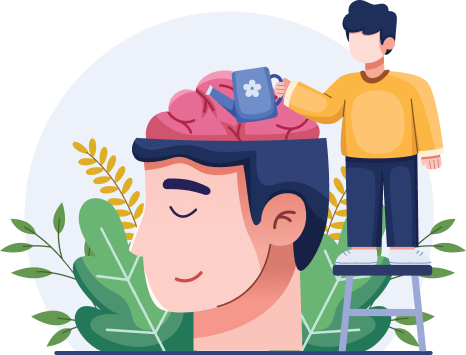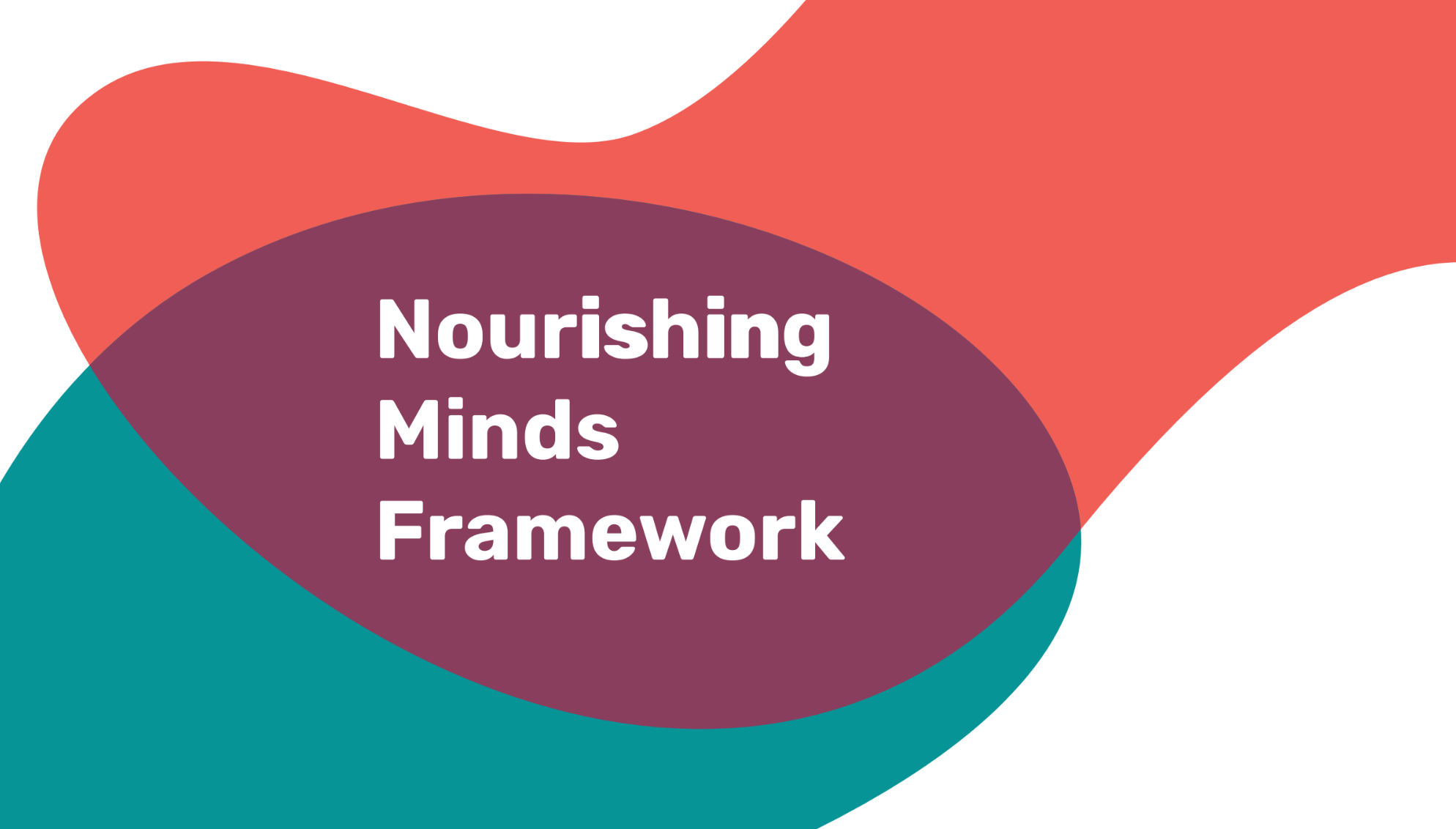
The Nourishing Minds Framework
The 3 Pillars: Brave Spaces, ACT Principles, and Co-design
At the heart of Nourishing Minds are three powerful pillars: brave spaces, ACT principles, and co-design. Together, they create a supportive foundation where teens can explore mental health in meaningful ways, discover tools that truly resonate, and feel empowered to take charge of their well-being.
Three Pillars to Enrich Teens
Adolescence is a time of big changes—physical, emotional, and social. Teens navigate new challenges and opportunities. At Nourishing Minds, our goal is to provide them with a clear path to mental wellbeing—a compass to help them thrive.
This framework is built on three guiding pillars: Brave Spaces, ACT Principles, and Co-Design. Together, they form the foundation of how we empower teens to explore, connect, and grow.
Explore the image below to see how each pillar supports teen mental health in powerful and practical ways.
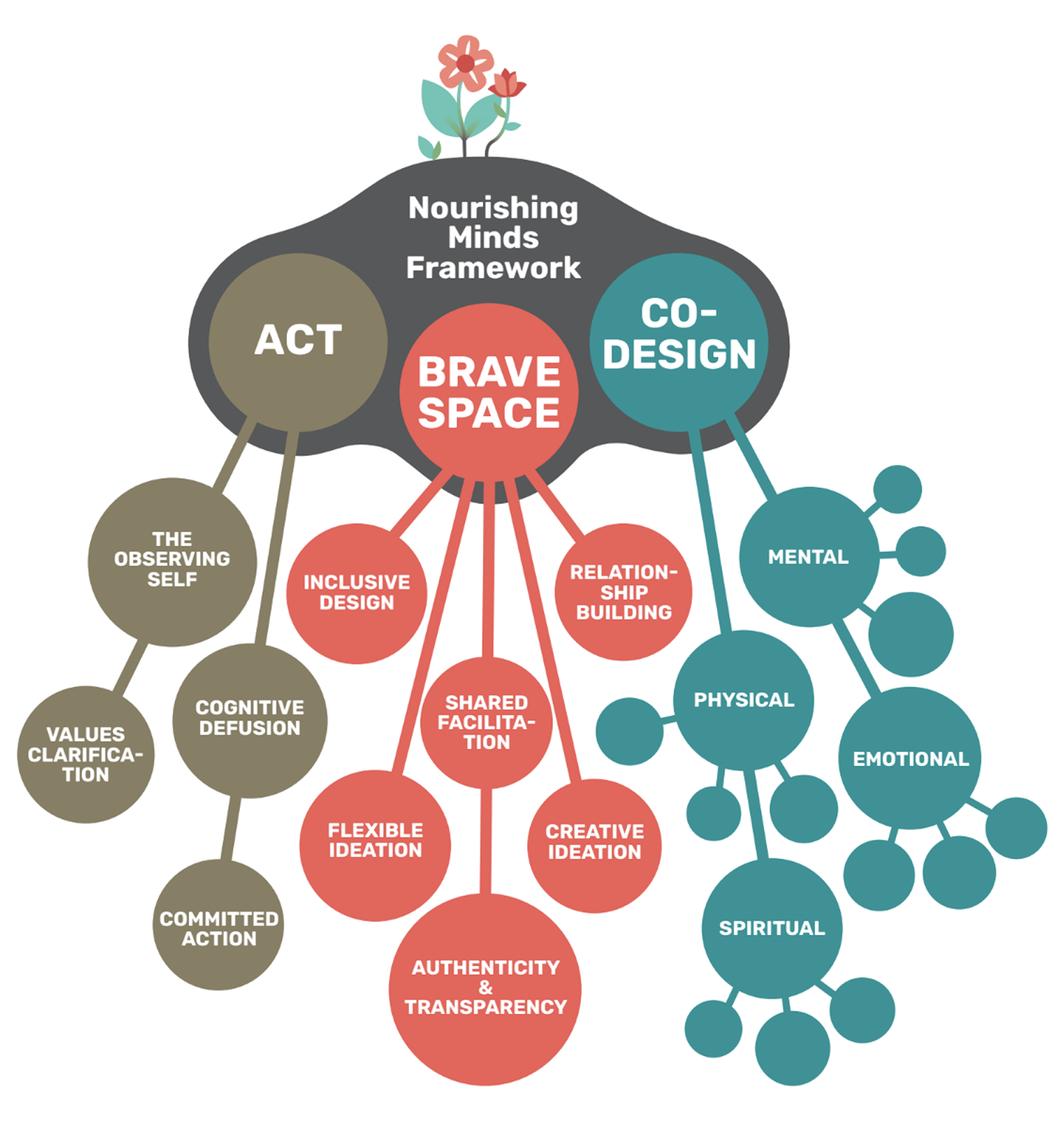
Because these three pillars are so foundations, let’s look more deeply into what each of them mean.
Creating Brave Space
This program uses creative activities and a supportive environment to foster mental wellness in teens. Adult facilitators prioritize active listening and genuine connection to ensure each teen feels valued and empowered.

Authenticity and Transparency
Encourage an open and genuine atmosphere where participants feel comfortable sharing their honest thoughts and feelings. Model this behavior by being authentic and transparent in your own communication. Establish ground rules that promote respect, confidentiality, and openness.

Shared Facilitation
Co-design activities should be balanced, allowing teens to lead and contribute their ideas about mental wellbeing. This collaborative approach fosters shared ownership and empowers teens to actively participate in the design process.

Inclusive Design
Sessions should incorporate diverse forms of expression, encouraging participants to share their stories through art, movement, and other creative means. Facilitators should utilize open-ended questions and reflective discussions to explore themes and perspectives, ensuring an inclusive and engaging experience for all.

Iterative and Flexible Idea
Promote a flexible mindset, encouraging participants to refine, adapt, and improve ideas throughout the design process. Emphasize that the journey to the final solution is as important as the outcome itself. Practice iteration, adaptability, and flexibility. Be prepared to modify activities or discussions to better address the group’s needs and interests.

Relationship Building
Place a strong emphasis on building relationships and fostering open dialogue between participants. Encourage active listening, empathy, and the exchange of diverse perspectives to create more inclusive and effective solutions. Organize small group and pair activities to foster more intimate discussions and connections.

Creative Thinking
Inspire participants to think outside the box and explore unconventional solutions. Encourage creative problem-solving through metaphors and imaginative prompts, fostering an environment of innovation and personal growth. This approach leads to both effective mental health solutions and enhanced well-being for all.
Guided by Foundational
ACT Principles
Each category serves a unique purpose in facilitating the co-design experience. Here’s a look at what each brings to a session:

Cognitive Defusion
Instead of getting caught up in your thoughts, cognitive defusion helps you step back and see them for what they are—just passing ideas, not facts. It’s like watching your thoughts float by like clouds, without letting them control you.

Values Clarification
What really matters to you? What do you stand for? Once you know your core values, you can use them as a compass to guide your decisions and actions.
Place a strong emphasis on building relationships and fostering open dialogue between participants. Encourage active listening, empathy, and the exchange of diverse perspectives to create more inclusive and effective solutions. Organize small group and pair activities to foster more intimate discussions and connections.

The Observing Self

Committed Action
Committed action means taking steps, big or small, toward living a life that aligns with your values. Even when things get tough, it’s about showing up and staying true to what’s important to you.
Embracing the Best of
Co-Design
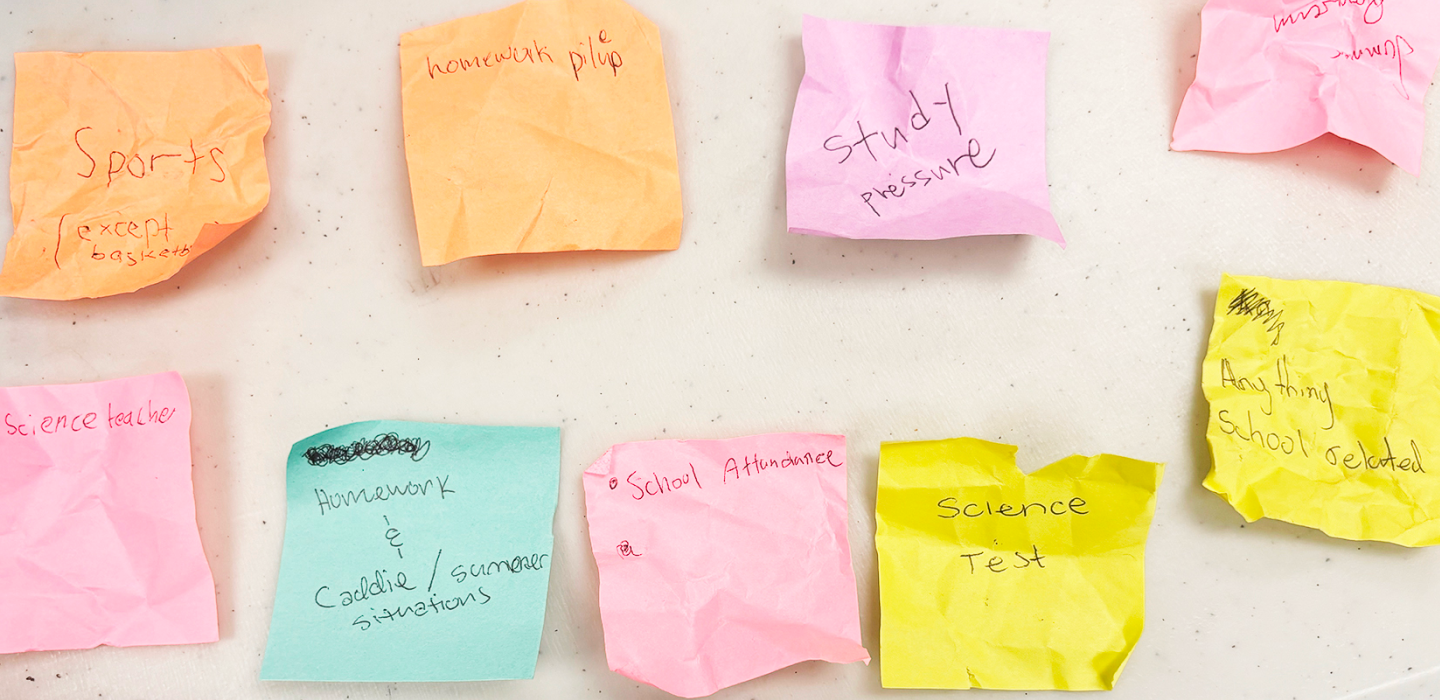
Key Strategies For Success Collaborative Design
Building technology that truly works for the community starts with collaboration. Here are some key strategies for success:

Strategy 1:
Involve Diverse Voices
Include community members from all backgrounds, ensuring a diversity of perspectives and lived experiences are represented in the design process.

Strategy 2:
Prioritize Accessibility and Usability
Design solutions that are easy to use and accessible for all community members, including those with limited technological skills or resources.
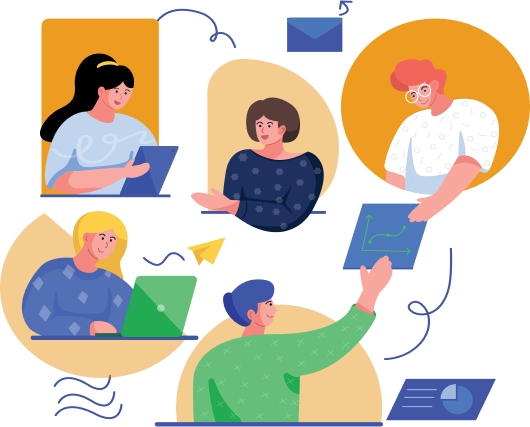
Strategy 3:
Foster Ongoing Collaboration
Community-driven design is an ongoing process. Constant feedback loops and iterative development ensure that the final solution continues to meet the community’s needs.
